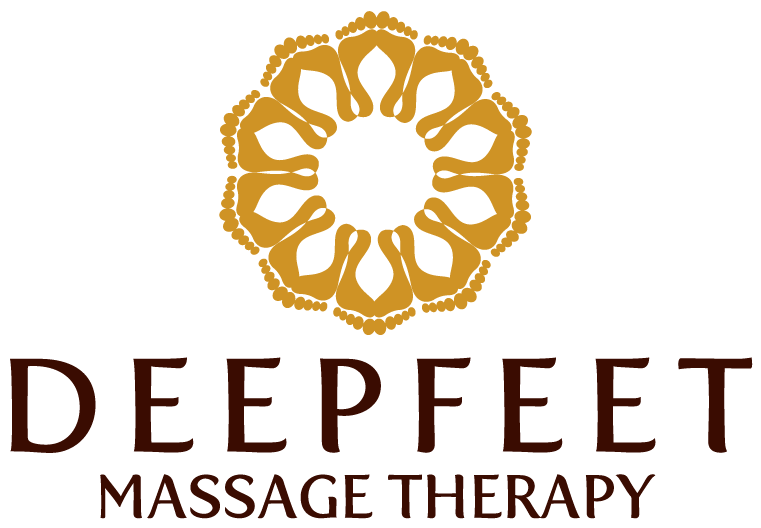Remedial Massage

It’s designed to treat specific areas of tension, pain, and dysfunction in the musculoskeletal system. A trained remedial massage therapist can assess and treat these issues. They use a variety of techniques, including deep tissue massage, myofascial release, and trigger point therapy. This therapy is not just for recovery. It can also be a proactive measure to maintain optimal health and prevent future injuries.
Benefits of Remedial Massage
Remedial massage offers numerous therapeutic benefits, especially for individuals dealing with pain, muscle tightness, or injuries. It focuses on treating specific muscular or soft tissue issues and aims to promote healing, increase mobility, and relieve discomfort. Here are some key benefits:
1. Pain Relief
Remedial massage is particularly effective for managing chronic pain or acute muscle pain resulting from overuse, injury, or conditions like arthritis. The technique works by targeting tense muscles and improving blood flow to reduce inflammation and relieve pain.
2. Improved Circulation
By manipulating the soft tissues, remedial massage stimulates blood flow, which can help to deliver oxygen and nutrients to muscles and tissues, aiding recovery and improving overall circulation.
3. Increased Range of Motion and Flexibility
Targeted massage techniques can help release muscle tightness, which in turn can increase joint mobility and flexibility. This is especially beneficial for individuals with muscle stiffness, poor posture, or those recovering from an injury.
4. Injury Rehabilitation
Remedial massage helps break down scar tissue and adhesions, promoting healing and reducing recovery time for injuries. It aids in the restoration of normal tissue function and is often used in conjunction with other treatments to expedite recovery.
5. Stress Reduction
While remedial massage focuses on specific areas of tension, it also promotes relaxation. The release of endorphins during the treatment helps reduce overall stress and anxiety, contributing to mental and emotional well-being.
6. Improved Posture
Chronic tension in the muscles, particularly in the shoulders, back, and neck, can lead to poor posture. Regular remedial massage can help address these imbalances, relieve pain, and improve posture by loosening tight muscles and realigning the body.
7. Prevention of Future Injuries
Regular remedial massage can help prevent injuries by reducing muscle imbalances, improving flexibility, and promoting proper body mechanics. It helps maintain muscle health and supports the body in performing physical activities safely.
To achieve optimal results and expedite recovery, combining manual lymphatic drainage with complementary techniques such as dry needling, cupping, and hot stone therapy can be highly effective. Integrating these therapies enhances overall benefits by targeting muscle tension, improving circulation, and promoting holistic healing.
Which conditions can be treated with remedial massage?
- Lower back pain
- Neck and shoulder pain
- Injury rehab
- Muscle strains and
- sprains
- Overuse issues
- Muscle imbalances
- Knots and tension
- Planta Faciitis
What should I expect during a treatment?
The goal of remedial massage is to identify the root causes of pain and provide targeted treatment. Active participation from the client is essential—whether during the initial assessment, throughout the treatment, or when following post-treatment advice. Unlike passive treatments, remedial massage requires your involvement, including responding to the therapist’s instructions and offering feedback.
This type of work is often slower-paced, as techniques like myofascial release and trigger point therapy are most effective when performed gradually. If you’re accustomed to a general full-body massage, this approach may feel different. Some clients may even feel they didn’t receive a “complete massage” because remedial therapy focuses on addressing specific areas of concern rather than covering the entire body in one session.
Dry Needling within Remedial Massage
Sometimes, massage alone may not be enough to address persistent trigger points and muscle knots. Trigger points are tight, contracted areas within muscle tissue that can be classified as either active or latent.
- Active Trigger Points: These can radiate pain to other parts of the body, even areas unrelated to the trigger point itself. They may also release chemicals that increase sensitivity and amplify pain. For example, active trigger points in the neck can lead to headaches.
- Latent Trigger Points: These do not cause pain but can still result in muscle tension, reduced mobility, and weakness.
Dry Needling is an effective method for treating trigger points and can be combined with remedial massage for enhanced results. Additionally, remedial massage is eligible for health fund rebates, making it a beneficial and accessible option for comprehensive care.
